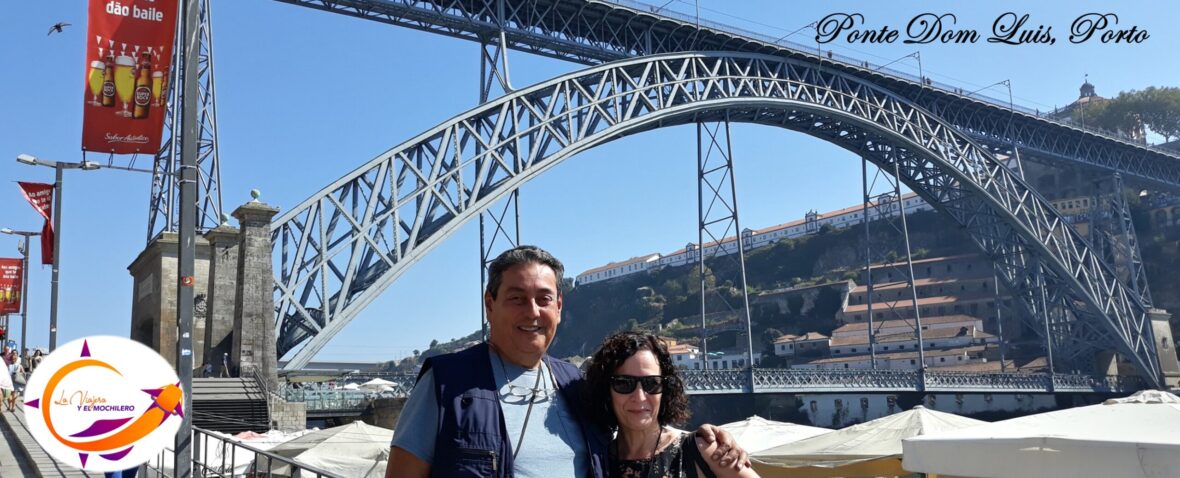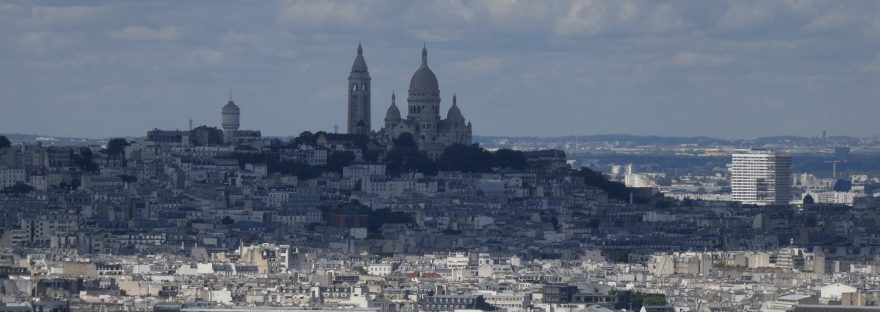Undoubtedly, the most famous hill in Paris is Montmartre and going up to glimpse first hand all that this neighborhood has to offer is a great experience.
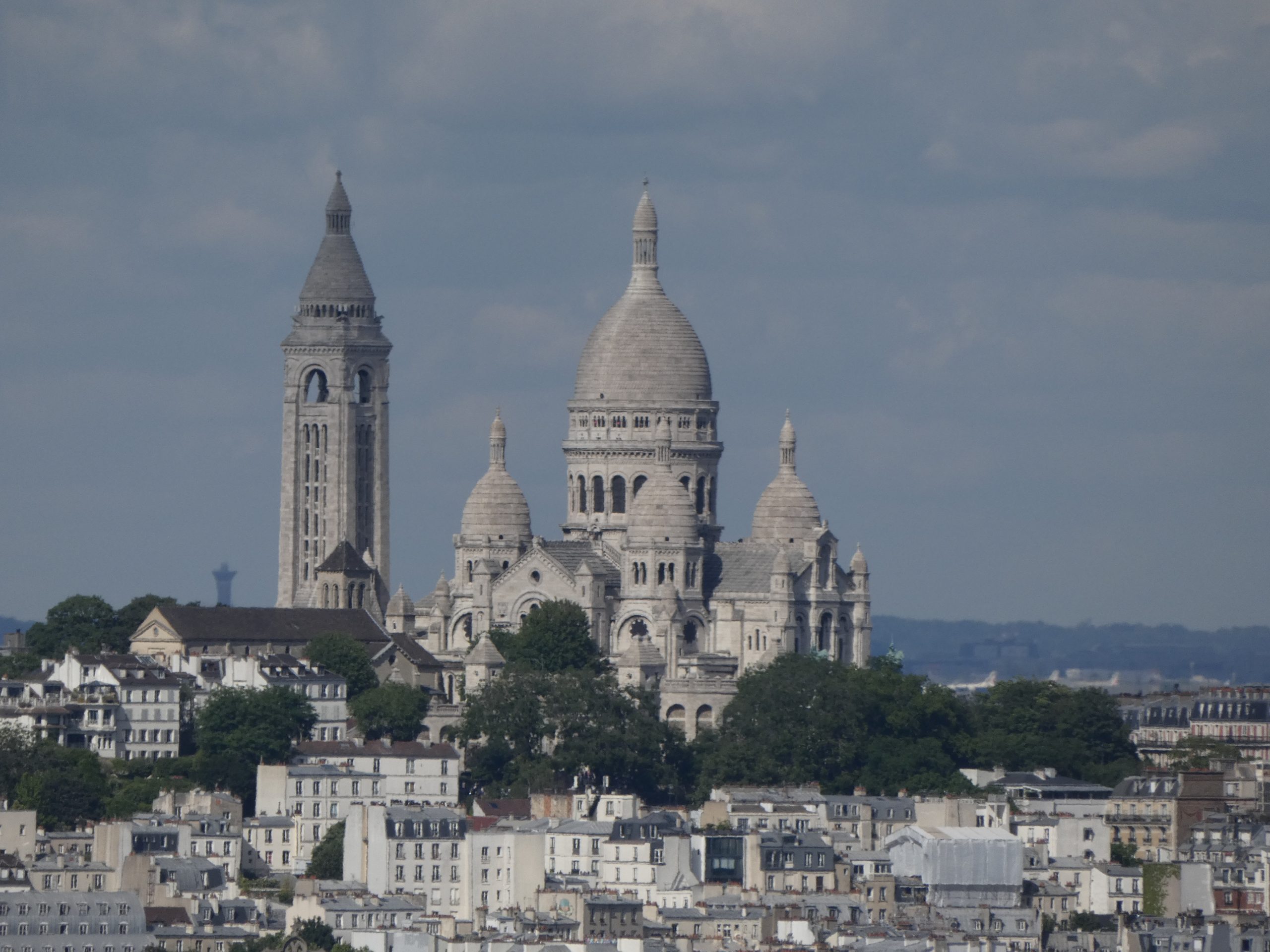
It is located at a height of 130 meters and from both from the Arc de Triomphe as the Eiffel Tower you can see at its summit, the white dome of the Basilica of the Sacré Cœur, being the most symbolic point of the city. Montmartre was formerly a French commune located on the right bank of the Seine River, being annexed to Paris in 1860, when it became the XVIII District of Paris.
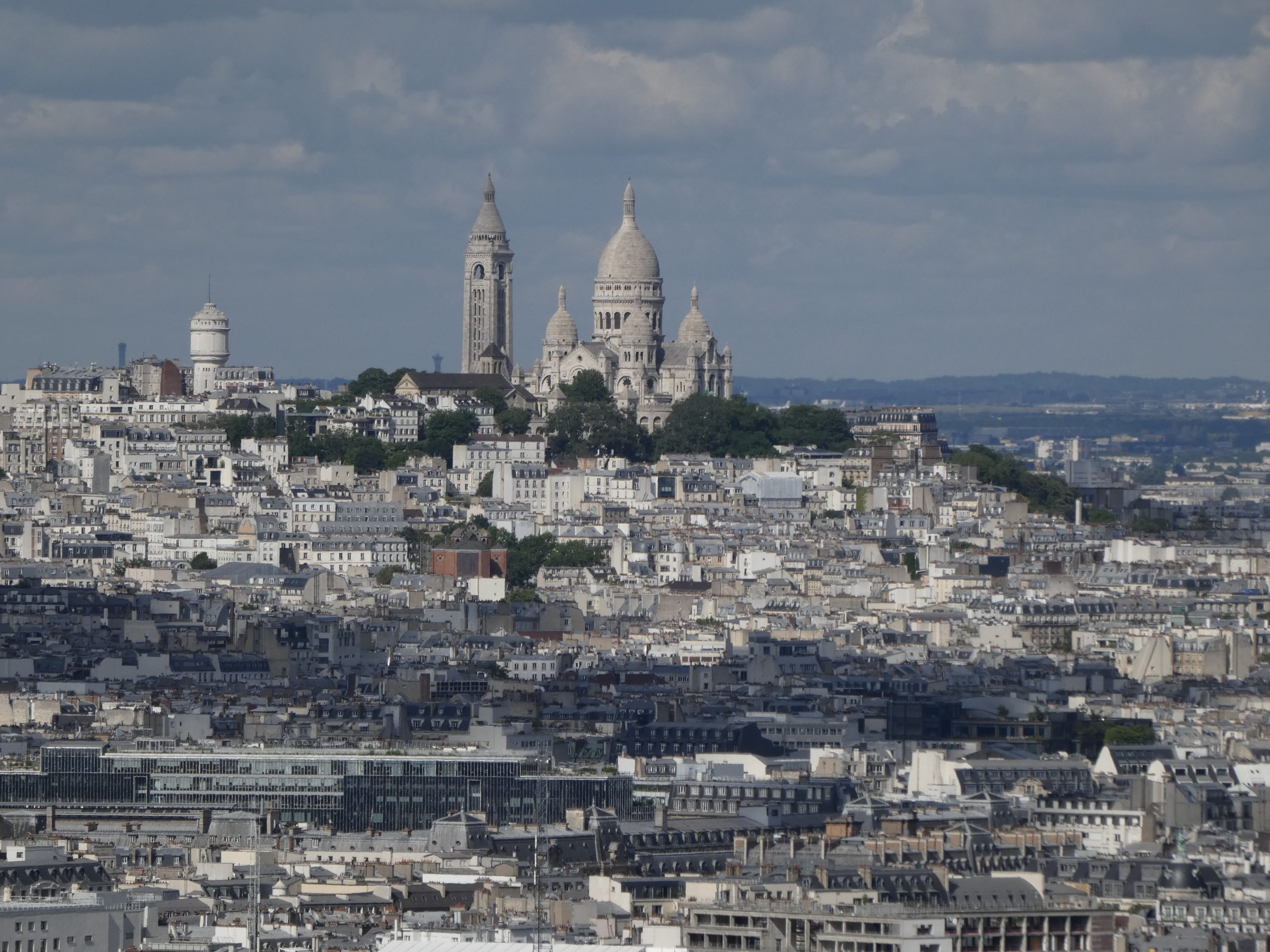
The Montmartre has seen it all and has witnessed some very difficult times for the French capital. Originally it was called “Montmartre” referring to the “Mount of Mars”, but then, with the evangelization of the city of Paris, its meaning was transformed to become “Mount of the Martyrs” in remembrance of the people who were condemned to death there. In 272 B.C., the bishop of the Ville lumière (City of Light) and patron saint of France, Dionysius of Paris, also popularly known as the “apostle of Gaul”, was beheaded and died there. It was the Roman emperor Diocletian who gave the order for the bishop’s death.
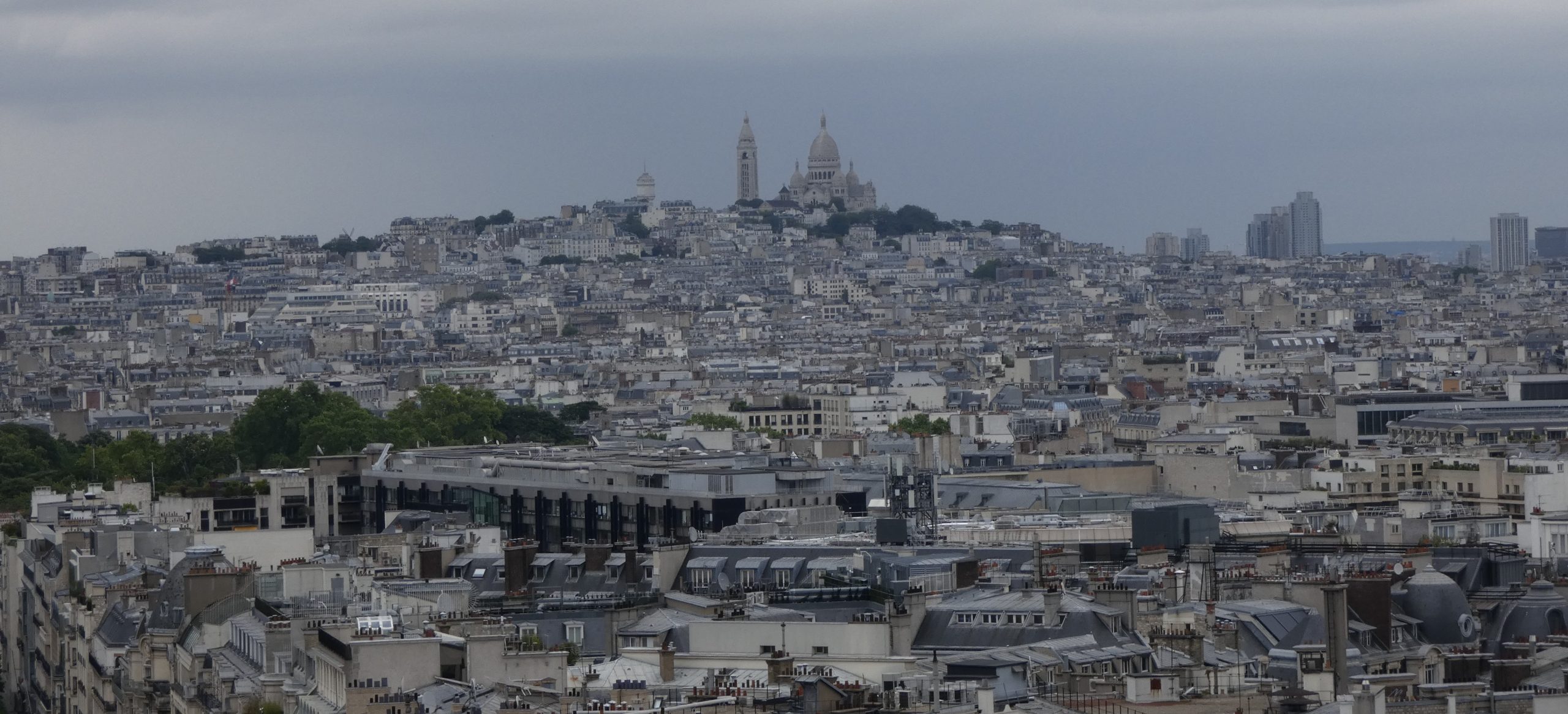
Another important event occurred in 1814, when the Russians invaded the city. The hill of Montmartre played a very important role as it was used by the Russian army to get a better strategic view to bombard the city with their artillery and win the battle. This is known as the famous Battle of Paris, which resulted in the exile of Napoleon Bonaparte.
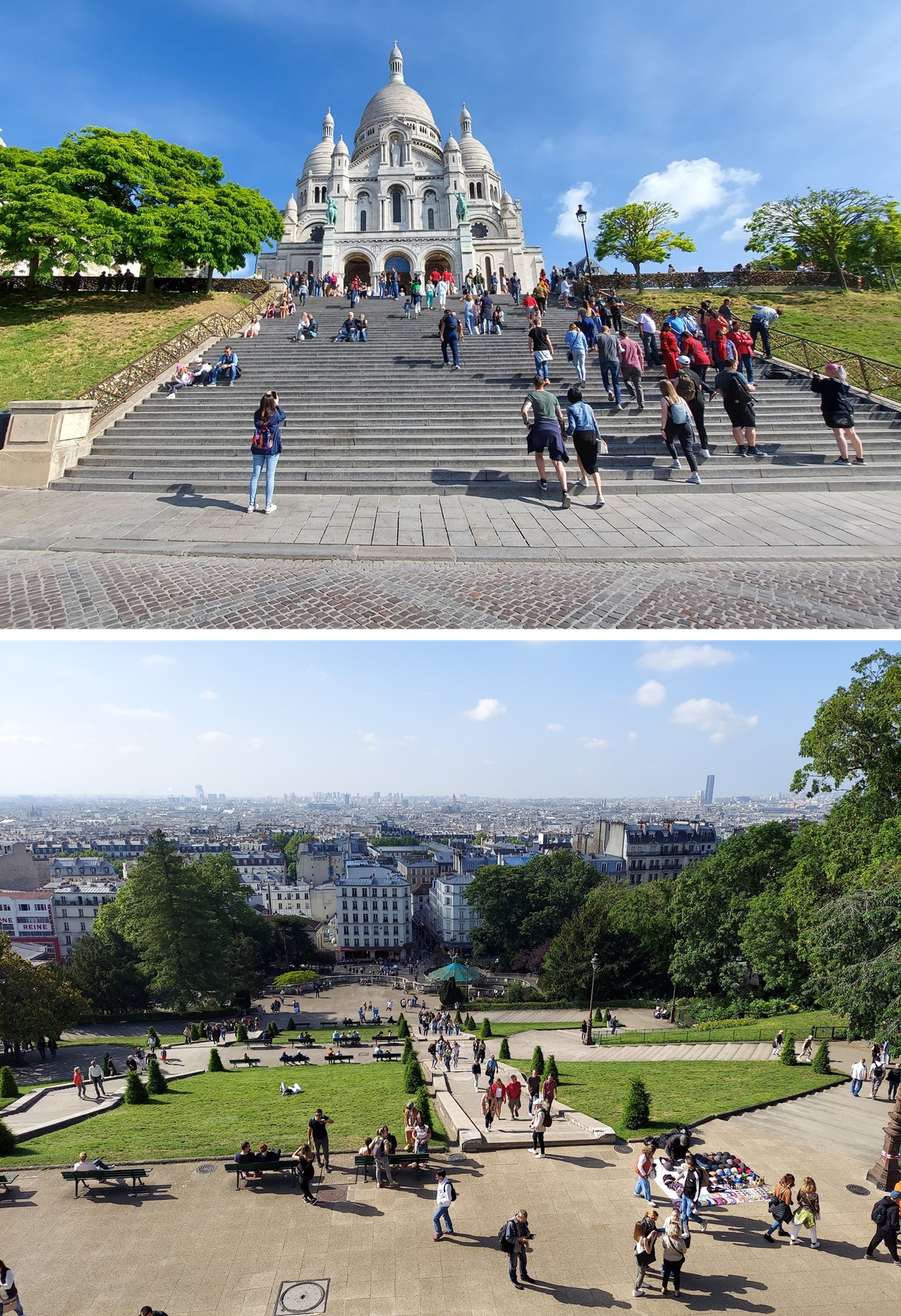
As mentioned above, the Sacre Coeur Basilica, located at the top of Montmartre and constitutes the most emblematic point of the city. It was built in travertine marble, in Roman Byzantine style, between 1876 and 1912. It is said that its construction was a kind of gesture of atonement for the “crimes of the Communards”, after the events of the Commune (when the working class rebelled against the government), and to honor the French victims of the Franco-Prussian war of 1871. Even with such a sad history, there is no denying that the panoramic views of the city of Paris are breathtaking and visiting the Sacré Coeur Basilica is an extraordinary experience.
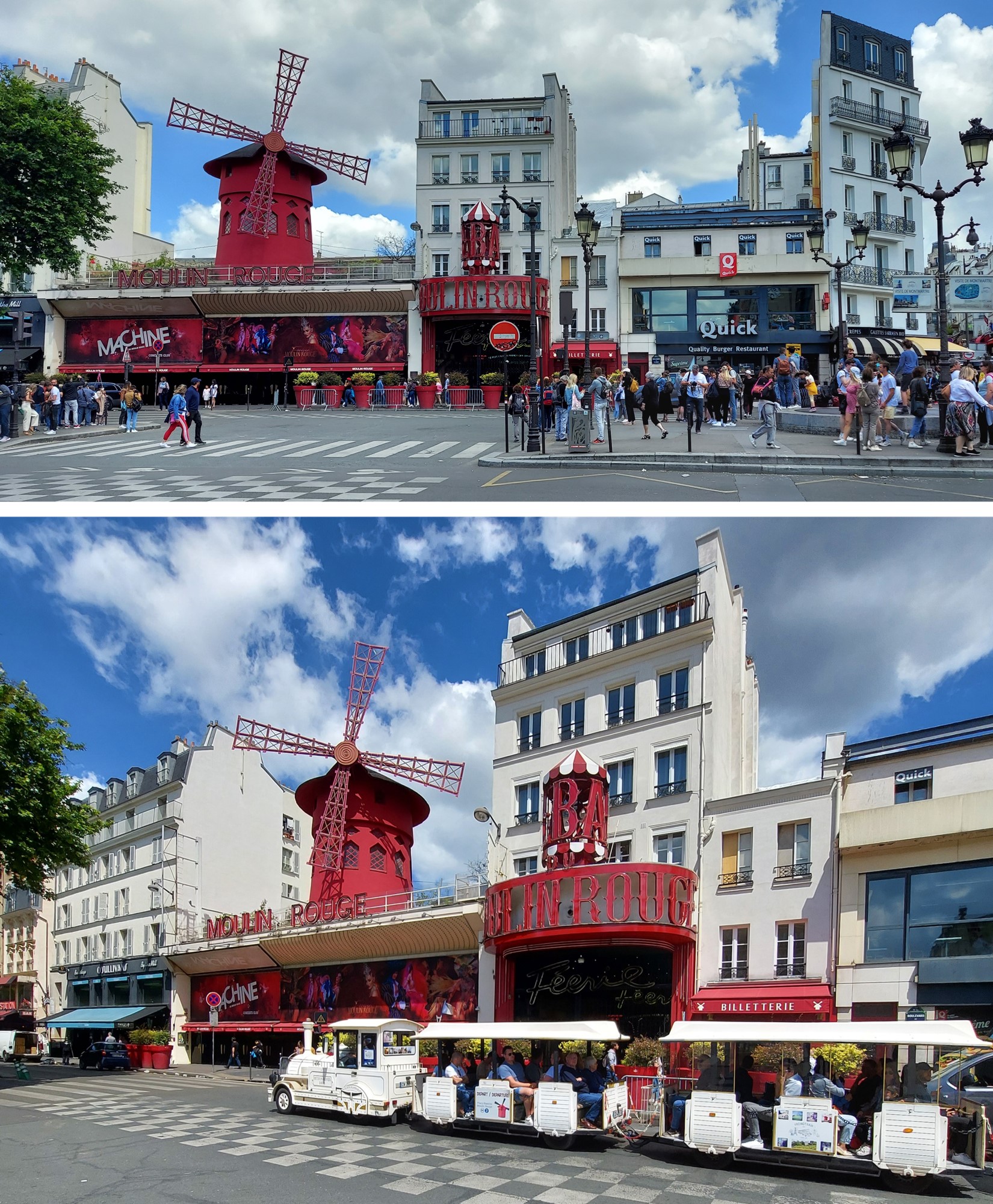
By the late 19th and early 20th centuries, the area had become a rather liberal and decadent entertainment center. With Montmartre being outside the city limits, free of Parisian taxes, the hill quickly became a popular drinking area. Thus arose two of the most popular cabarets of the time, Moulin Rouge and Le Chat Noir. Today, in addition to cabarets, the visitor finds in Montmartre, theaters and museums, among other interesting places to visit and enjoy. Moreover, being a neighborhood officially declared as a historic district, you can visit other churches, squares, and even its cemetery, among other places of interest.
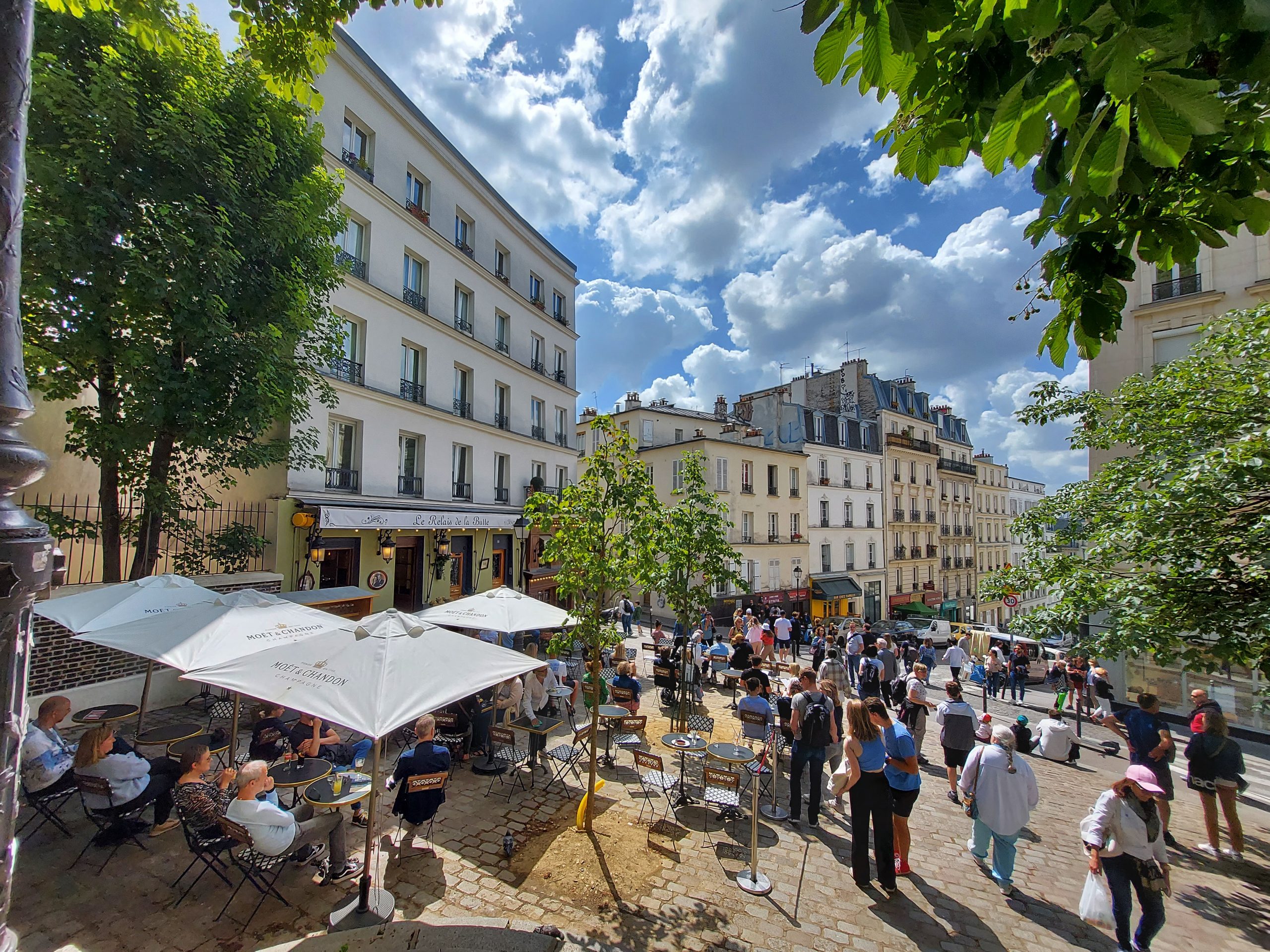
It was in the middle of the 19th century that artists from different disciplines began to live in Montmartre, becoming the neighborhood of painters and one of the main artistic centers of Paris. Starting with Camille Pissarro, then came Pablo Picasso, Modigliani, among other poor artists who lived and worked in this commune. Artistic associations such as the Nabis and the Incohérents were formed, and painters such as Vincent van Gogh, Henri Matisse, Pierre-Auguste Renoir, Edgar Degas, Toulouse-Lautrec, among many others participated in it. Montmartre is known as the cradle of the impressionists and the Parisian bohemia of the 19th century.
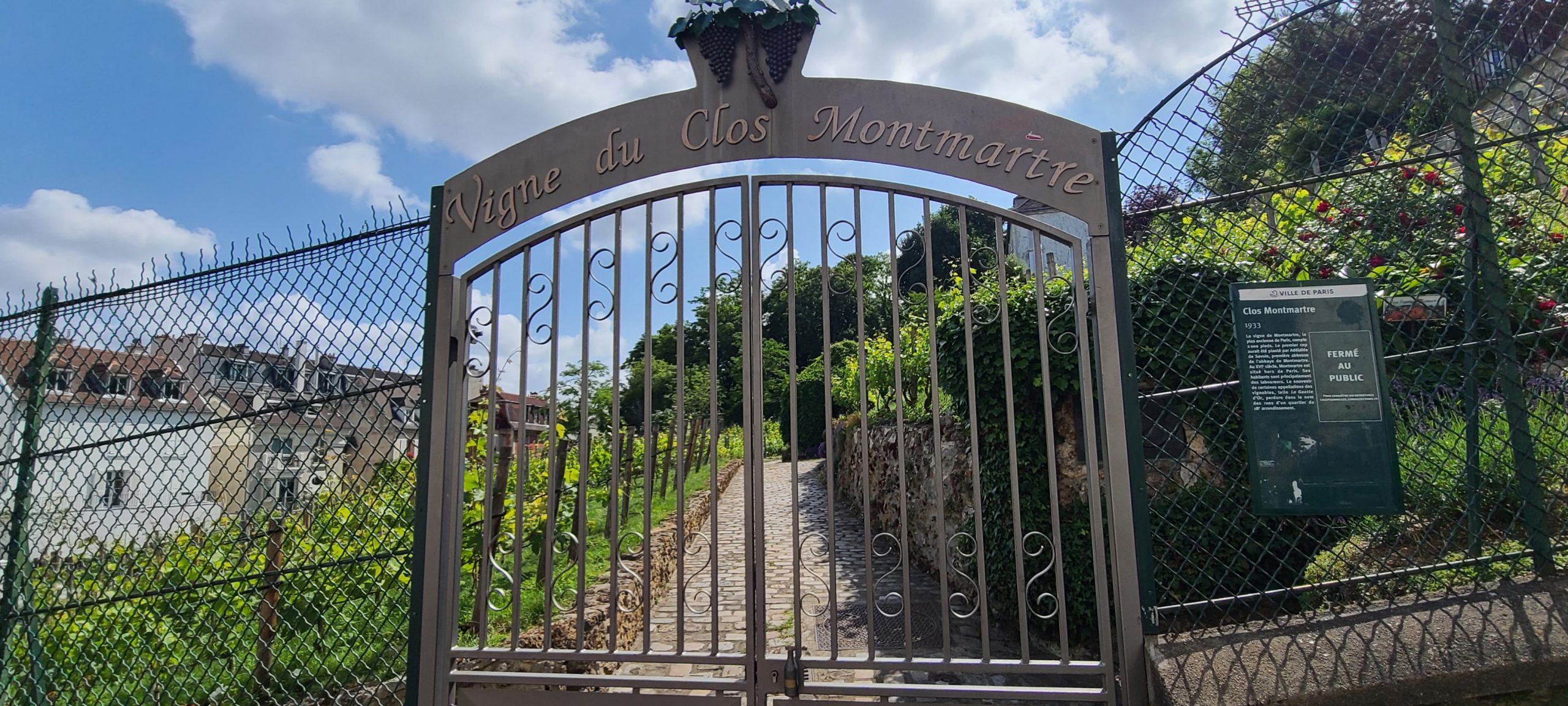
Before being incorporated into the municipality of Paris, Montmartre had many vineyards and one of those still preserved is located behind the Sacre Coeur Basilica. It is the oldest vineyard in Paris, Vignes du Clos Montmartre, which was planted in 1933 with mixed grape varieties from different regions. Since 1934, every second weekend of October, Montmartre celebrates its wine tradition and welcomes the arrival of the new vintage of its vineyard with a traditional popular festival.
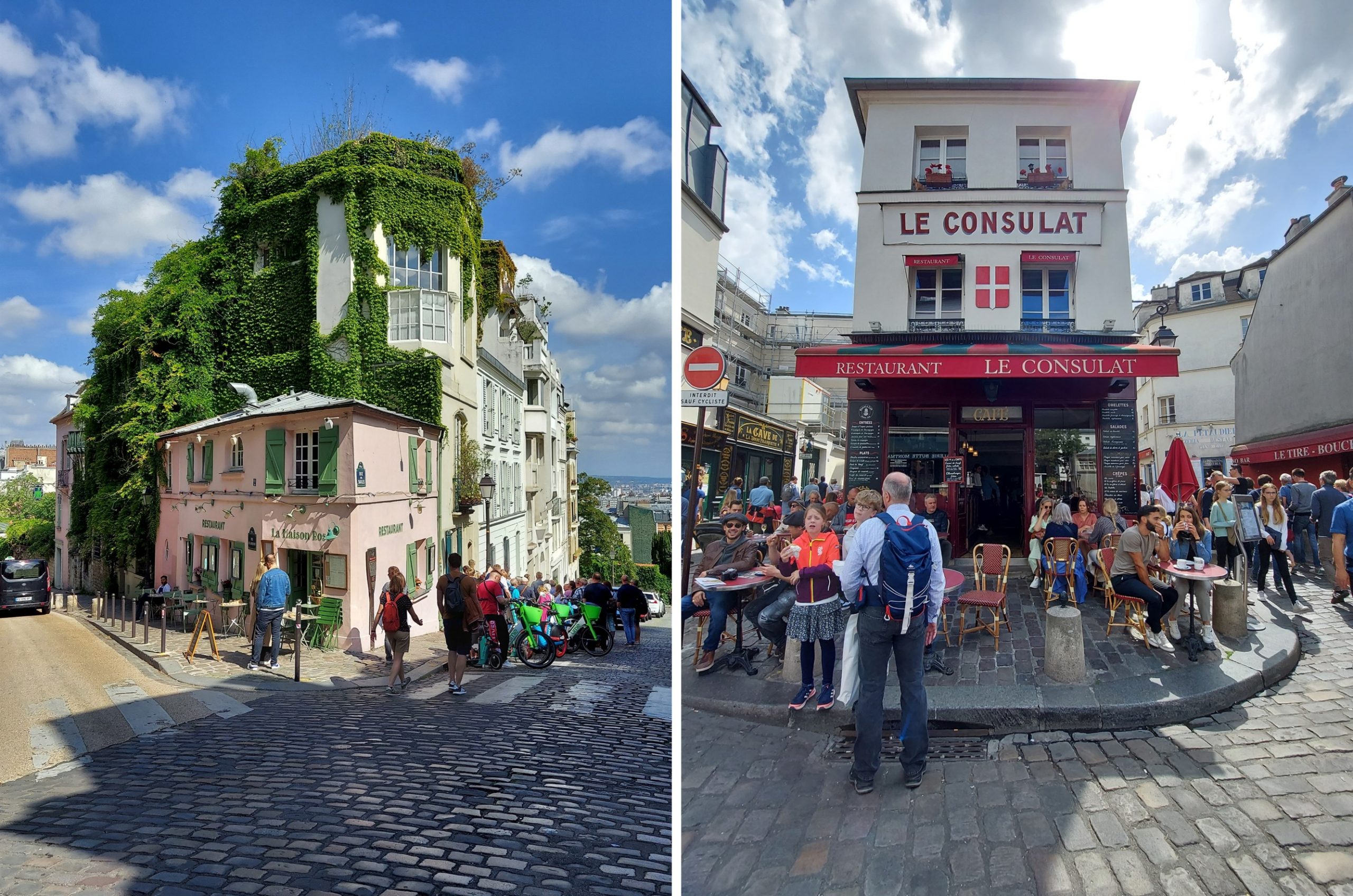
Montmartre is full of restaurants with terraces where you can sit and enjoy a good cup of coffee or a glass of wine, quietly watching the people coming and going at a fast pace.
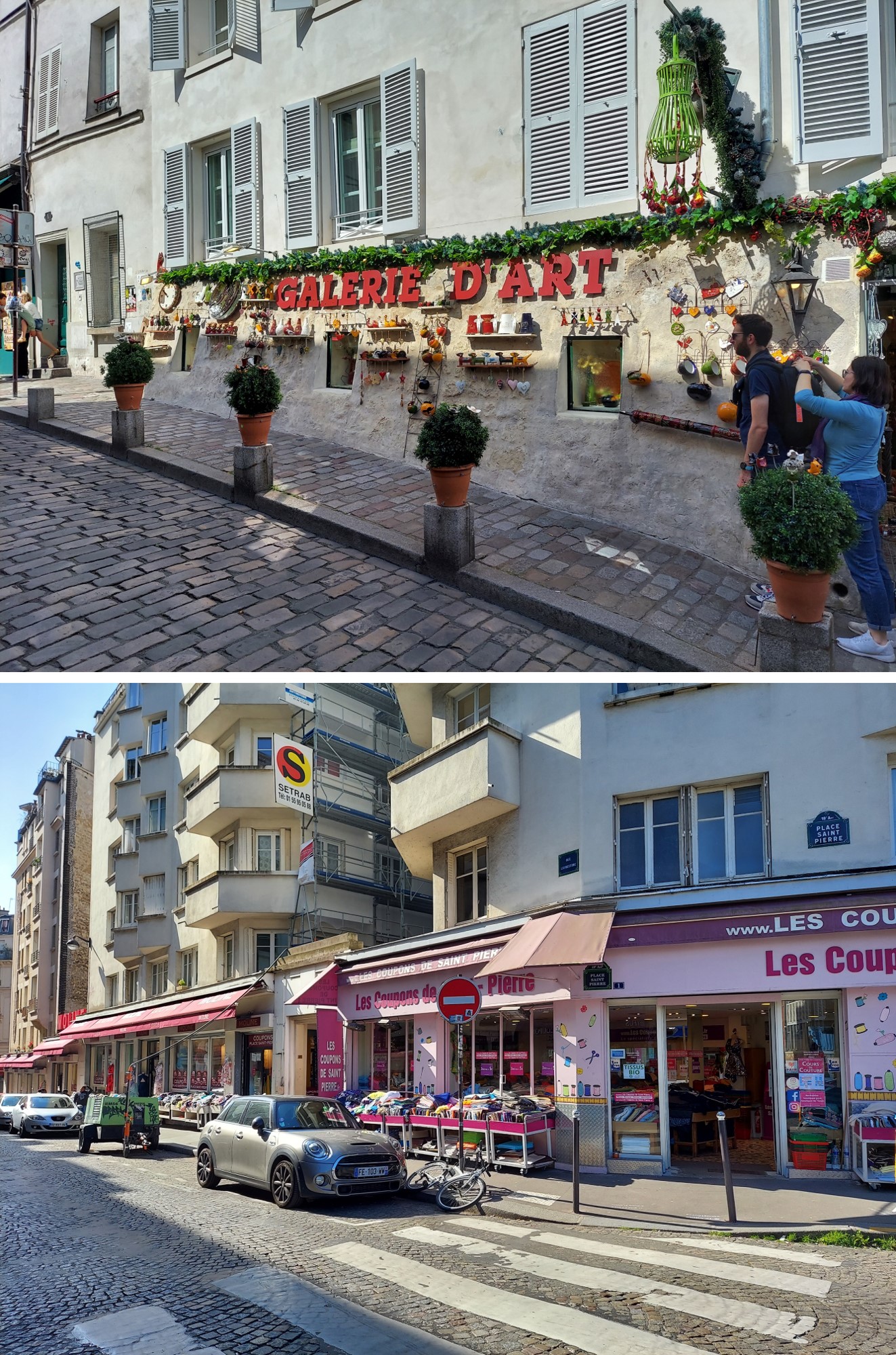
In the streets of Montmartre you will find everything from stores with a wide range of ceramic art pieces; streets full of fabric stores of all kinds, textures and colors; and what can’t be missed, a great variety of flowers. Montmartre, the Parisian neighborhood that has it all.
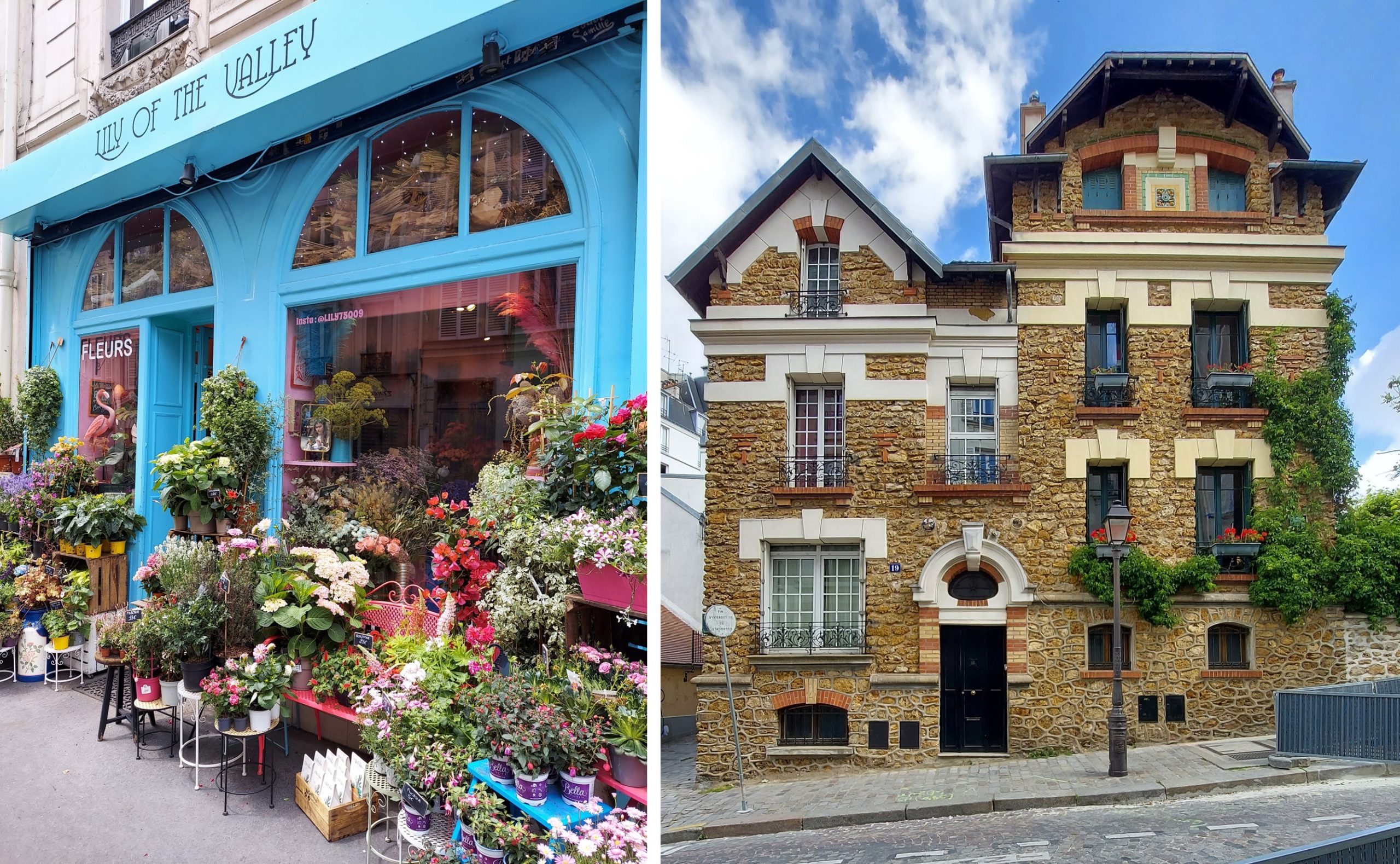
Resources:
https://es.wikipedia.org/wiki/Montmartre
https://www.parisando.com/montmartre/
https://www.paris.es/montmartre
https://www.lavanguardia.com/ocio/viajes/20200805/482682423357/oscura-historia-montmartre-paris.html
